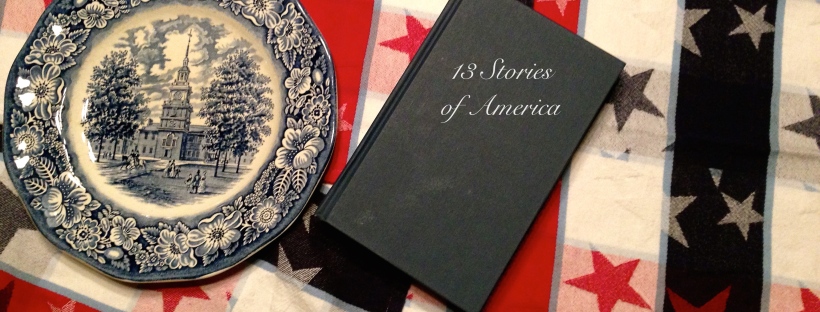To see the first seven stories of America, visit the previous post.
8. Caddie Woodlawn by Carol Ryrie Brink – Ah, yes, here I am talking about Caddie Woodlawn again! I love this story because I consider it a “living book” and it touches on important players in the American pageant – Native Americans.
9. Defeat of the Ghost Riders (Trailblazer Book #23) by Dave & Neta Jackson – Ingenuity and perseverance could be called two of Americans’ greatest gifts, and Mary McLeod Bethune is a great example of both. Funding a school with homemade sweet potato pies? Oh, yes! Through the eyes of fictional Celeste, readers meet Mrs. Bethune as she is starting her school for girls in Florida. One line that especially struck me was her quoting of Lincoln’s words, “We destroy our enemies when we make them our friends.”
10. Little Britches by Ralph Moody – America would not be what she is without her cowboys and (so far) Ralph Moody in the Little Britches series is my favorite. The escapades of this hardworking fellow – told by himself – are sure to bring the gift of laughter to you and your family.
11. The Adventures of the Northwoods series by Lois Walfrid-Johnson – As America stepped into the 20th century, immigrants from the world over continued to pour through her gates. Readers young and old will come to understand the lives of immigrant families who settled in the Midwest through the eyes of Irish-Swedish Katherine O’Connell, her stepbrother Anders and their friends. Questions like “What was Minneapolis like at the turn of the century?”, “What was it like to go to a one-room school?” and “What dangers did miners in the Upper Peninsula face?” will be answered. Throw in intriguing mysteries and these historical-fiction tales are a mixture of education and excitement – can’t beat that!
12. The Chicago Years by Nancy Rue – It seems that we learn a lot about the War for Independence, the Civil War, the pioneer era, the Great Depression and the World Wars, but somehow we skip the 1920s. This series by Nancy Rue is here to change all that! Rudy Hutchinson and his twin sister move to Chicago to live with their grandmother and are soon up to their earlobes in adventures. Along the way, readers will discover Italian-American culture, German-American culture, Jewish-American culture, the work of Jane Adams at Hull House, the cultural trends of the 20s and, of course, the mob!
13. The American Adventure series by various authors – The American saga is told from the journey of the Mayflower to the end of WWII in this series that traces a family tree. While the 48 – yes, forty-eight! – books in this series are out-of-print, you can still find many copies available (inexpensively) online. The hunt is worthwhile because this series paints a portrait of America’s history in such a memorable way. Even issues like the internment of Japanese-Americans on the West Coast during WWII are faced. Another benefit of this lengthy series is the opportunity to see how one generation’s choices affect the next. If you are looking for a way to engage children in history or if you want a pleasant way to learn for yourself, I recommend this series.
There you go! Thirteen stories of America. Do you have a different favorite on your shelf? I’d love to hear about it. Send me a message anytime here.

